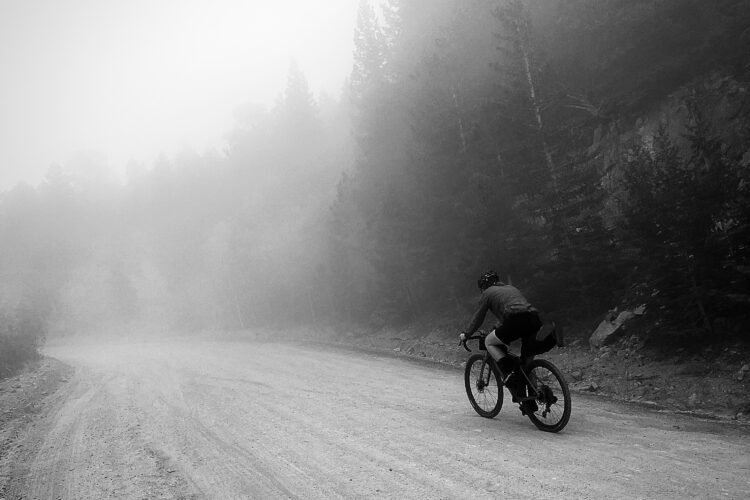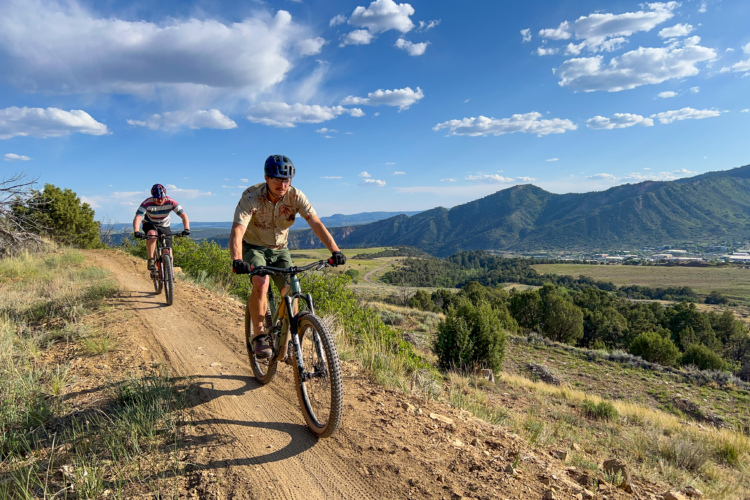Sixteen years ago I took a mountain biking class at Boy Scout camp and I still remember almost every detail. We learned about full attack position, how to climb, and how to perform minor bike maintenance – all on a (then new) fleet of fully rigid Trek Antelope mountain bikes. After that summer, though, I became the MTB equivalent of an elementary school dropout with zero formal bike education outside of “online classes” and “real world experience.” Then this summer, feeling the twinge of both guilt and regret, I swallowed my pride and went back to school and found everything had changed.
Mountain Bikes Get Upgraded
Over the past 16 years mountain bikes have evolved but in many ways I found my skills haven’t kept pace with the innovations. For example: during the Trestle 101 DH class I discovered that I’ve been hanging onto my brake levers the wrong way for years. Up until now I’ve always used 2 fingers to grab the levers but it turns out modern disc brakes don’t need as much force as the old Y-brakes did to engage. By using just a single finger to toggle the levers, I learned I can get the same braking performance while keeping a better grip on the bars for improved control. Duh.

Most serious XC mountain bikers eventually make the progression from flat pedals to the clipless variety and my own evolution followed a similar path. Early on I focused on the mechanics of clipping in and out but once I got that part down more I pretty much stopped learning. During a recent pedal stroke analysis and coaching session at 55Nine Performance I learned (among other things) that with the right cleat positioning and heel placement I could realize significantly more efficiency by applying fundamental leverage principles. I also found I had developed bad habits over time that could be corrected with a little professional instruction.
Bigger Terrain
Which came first, big bikes or big terrain? Technically big terrain has always existed, though recently it’s become more accessible via lift service and modern trail design. Big bikes followed soon after and for a guy who didn’t start out with any sort of mountain bike suspension (front or rear), this has been a big change. In some ways I feel like my background has been helpful for things like picking lines and balancing the bike but in other ways I have some catching up to do.

One of the things that surprised me after taking a couple DH classes this summer is how little I knew about riding downhill. As an XC rider I assumed DH mountain biking wasn’t really applicable to me but it turns out the two are related, sorta like math and science. The “full attack position” I learned all those years ago doesn’t really take advantage of today’s modern suspension but the cornering and jumping skills I picked up from Northstar’s instructors are directly applicable to descending on my XC bike. Riding uphill is all about becoming one with the bike while riding down (fast) is, in many ways, about separating your body from the bike.
After School Tutoring
Not everyone has the opportunity to receive professional mountain bike instruction but there is a way to get the help you need wherever you ride. Tag along with stronger or more experienced riders and observe specific skills to see where you can improve. For years I enjoyed showing new riders around the local trails and riding with my wife almost exclusively which was a lot of fun but didn’t help me improve my own skills. Recently I’ve started making it a point to ride with much stronger riders and I can see a big difference in my fitness and skill levels after just a short time.
If you’ve been riding for a while now, ask yourself what you’ve learned lately and if the answer is “not much,” perhaps it’s time to seek out some MTB instruction. A mind is a terrible thing to waste – and so is a high performance mountain bike – so take it from me: Stay in school!










1 Comments
Aug 10, 2010
Nice article, see you out there!
-Captain Brock
http://www.brocklabs.com/BIKES/Bikes.htm